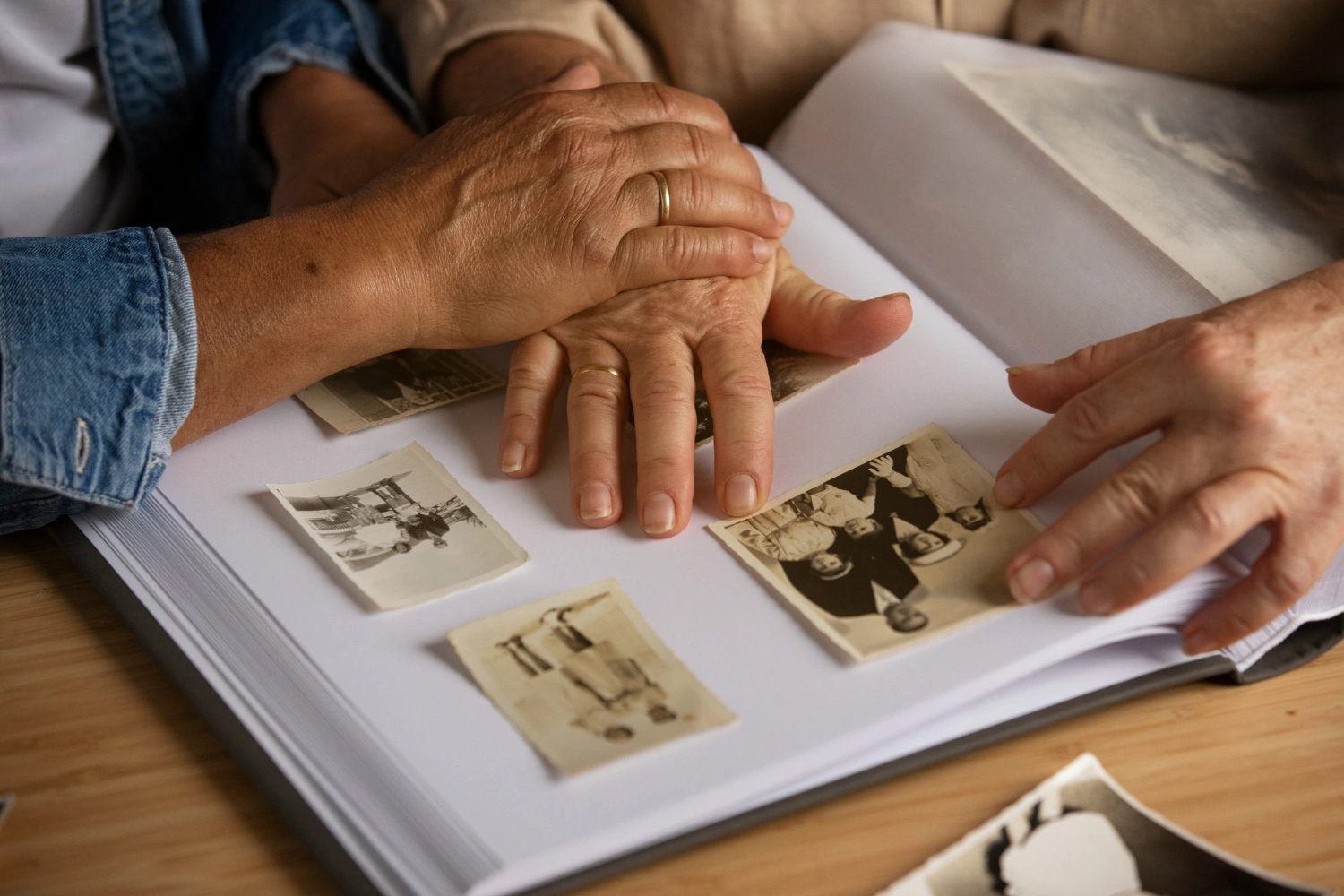Graded Motor Imagery (GMI) In North Liberty

Graded Motor Imagery (GMI) for Pain and Neurological Recovery
Retrain your brain. Reduce your pain. Reclaim your movement.
At Motion Matters PT, we specialize in cutting-edge, evidence-based therapies to help patients overcome chronic pain and regain control of their bodies. One of the most powerful tools we offer for patients dealing with persistent pain, complex regional pain syndrome (CRPS), stroke recovery, and movement disorders is Graded Motor Imagery (GMI).
What Is Graded Motor Imagery?
Graded Motor Imagery is a progressive rehabilitation program designed to retrain the brain and nervous system. It’s especially effective for individuals who have experienced pain, injury, or neurological changes that have altered the way their brain perceives and controls movement. GMI works by slowly and safely reintroducing movement to the brain without triggering pain or threat responses.
It’s commonly used to treat:
- Chronic pain
- Complex Regional Pain Syndrome (CRPS)
- Phantom limb pain
- Post-stroke motor recovery
- Pain after nerve injuries
- Fibromyalgia
- Cortical reorganization following injury or surgery
How Does It Work? The Three Stages of GMI
GMI uses a step-by-step approach to “rewire” the brain’s movement system. Each phase is designed to gently activate the brain’s motor networks without causing pain, leading to improved function over time.
1. Left/Right Discrimination
In this first stage, patients learn to quickly identify images of left or right body parts (like hands or feet). This helps stimulate the brain’s movement areas without actually moving the body—essential for those who experience pain even with imagined movement.
2. Explicit Motor Imagery
Here, patients mentally rehearse movements without physically doing them. By visualizing themselves performing a task, they activate the same brain regions responsible for real movement. This boosts brain plasticity and helps reduce fear and sensitivity around movement.
3. Mirror Therapy
Mirror therapy uses a mirror to create a visual illusion of movement in the affected limb. This can help normalize sensory input, reduce pain, and restore motor function—especially helpful for patients with CRPS, stroke, or post-surgical pain.
Why Is GMI So Effective?
GMI addresses one of the root causes of chronic pain: a miscommunication between the brain and the body. When the brain perceives danger—whether real or not—it can amplify pain and limit movement, even after the original injury has healed. GMI helps calm this overprotective response and rebuilds trust in movement.
Benefits of GMI may include:
- Reduced pain sensitivity
- Improved mobility
- Increased brain-body connection
- Decreased fear of movement (kinesiophobia)
- Faster neurological recovery
Who Can Benefit From Graded Motor Imagery?
GMI is ideal for patients who:
- Experience pain that worsens with even small movements
- Have developed hypersensitivity or pain without clear tissue damage
- Are recovering from neurological events like stroke or brain injury
- Have had limited success with traditional physical therapy approaches
It’s a particularly valuable option for individuals who are “stuck” in their progress due to pain that seems out of proportion to the injury.
What to Expect at Our Clinic
At Motion Matters PT, our physical therapists are trained in Graded Motor Imagery and will create a customized plan based on your specific condition and goals. GMI is integrated into your treatment plan gradually and thoughtfully—always at your pace and comfort level. Each session is one-on-one and designed to build confidence, reduce pain, and improve function step by step.
We may combine GMI with other specialized techniques such as:
- Pain neuroscience education
- Manual therapy
- Movement retraining
- Neuromuscular re-education
Ready to Retrain Your Brain and Relieve Pain?
If you’ve tried everything and still struggle with persistent pain or neurological limitations, Graded Motor Imagery may be the missing piece in your recovery. You don’t have to live in fear of movement. We’re here to help you move forward—literally and neurologically.



